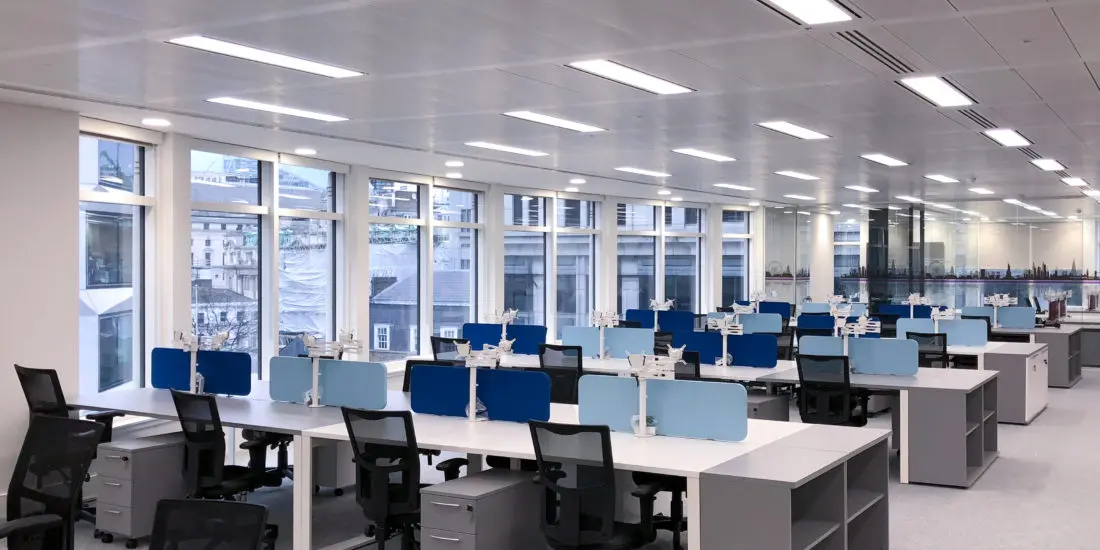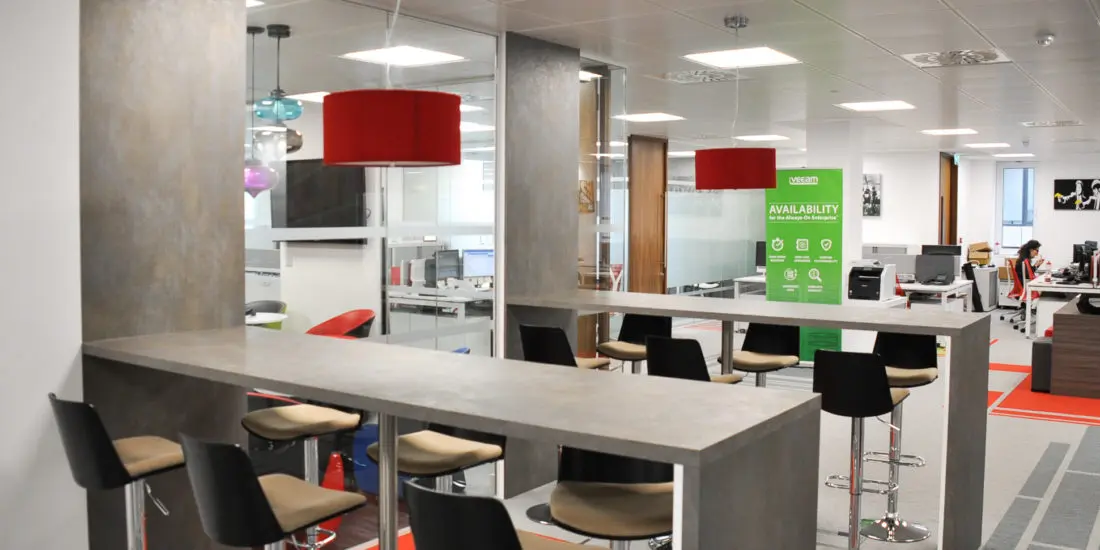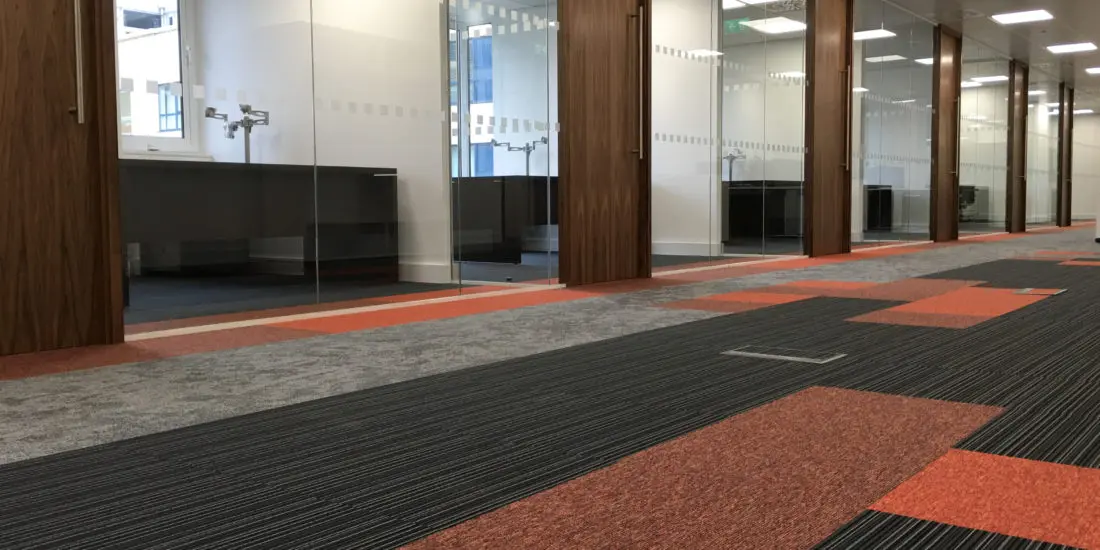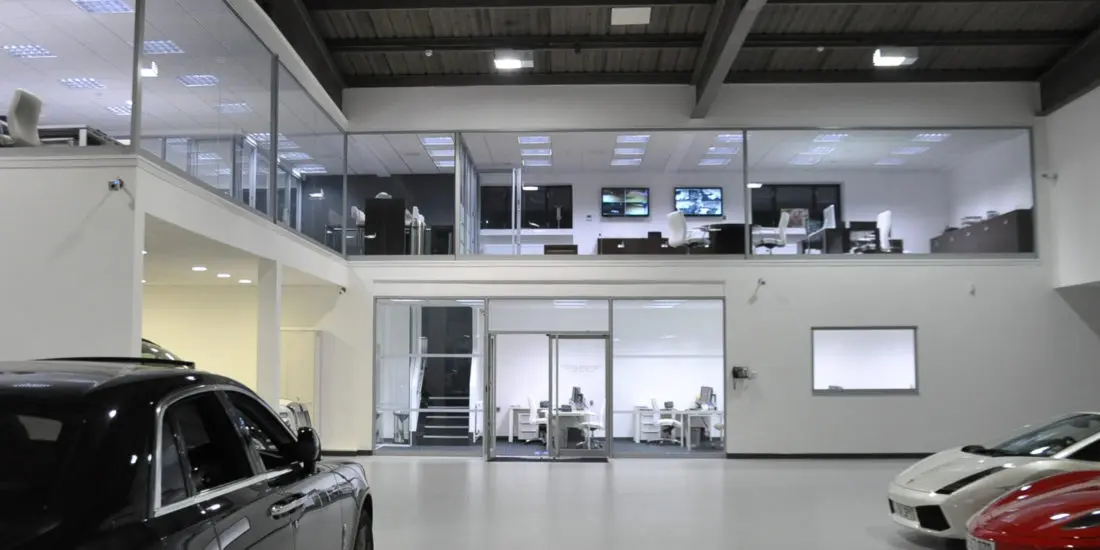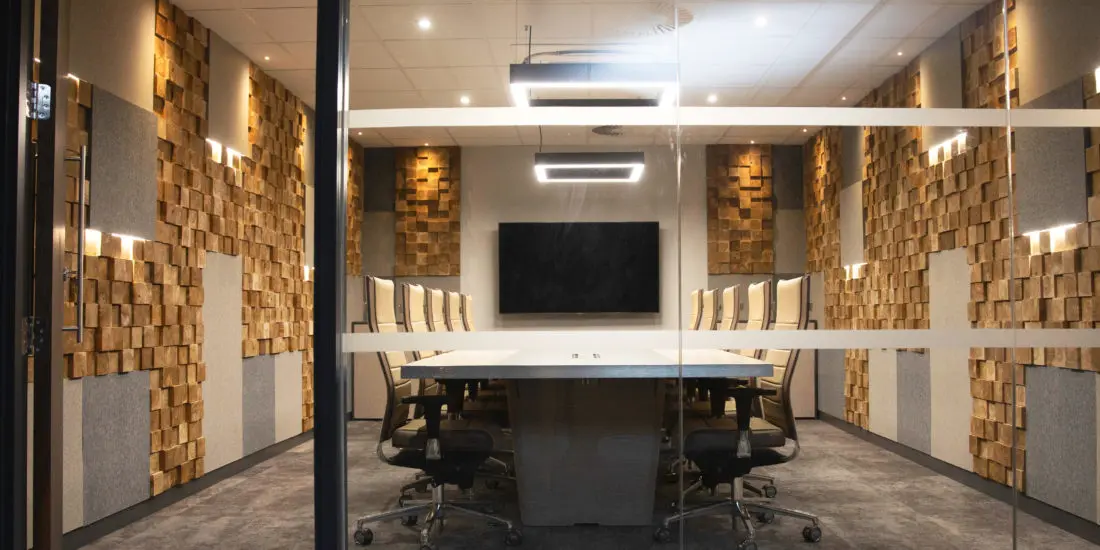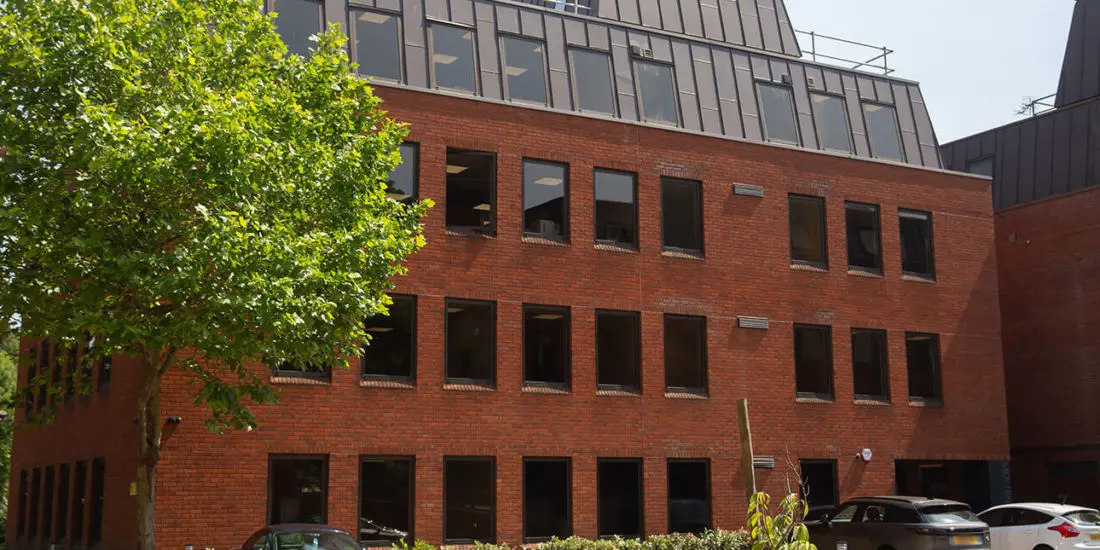Introduction:
When planning to move offices, businesses need to consider various factors to ensure a smooth transition. One of the most important factors to consider is IT & Telecoms. The IT & Telecoms infrastructure plays a crucial role in the functioning of a business, and it’s important to ensure that it’s fully operational at all times. In this article, we will discuss what to consider when thinking about IT & Telecoms when moving offices.
1. Assessing Your Current IT & Telecoms Infrastructure:
- The first step in planning for an office move is to assess your current IT & Telecoms infrastructure. This includes identifying the hardware and software that you currently use, as well as the services that you rely on. It’s important to consider if your current infrastructure will meet the needs of your new office space and if not, what changes need to be made.
- It’s also important to determine if there are any gaps in your current IT & Telecoms infrastructure that need to be addressed. Identifying these gaps early on will give you time to make necessary changes before the move.
2. Planning for the Move:
Once you have assessed your current IT & Telecoms infrastructure, it’s time to start planning for the move. It’s important to work closely with your IT & Telecoms team to plan the move and ensure that your IT & Telecoms infrastructure is set up and operational in the new office space as soon as possible.
This includes creating a plan for the installation of new equipment, software, and services, as well as configuring the new network and telecoms infrastructure.
It’s also important to plan for the migration of data, including backing up important data, configuring the new servers, and restoring the data to the new systems.
3. Minimizing Downtime:
The goal of an office move is to minimize downtime as much as possible. This means that your IT & Telecoms team needs to plan and execute the move so that your business can continue to operate with minimal interruptions.
This includes scheduling the move during a time that will have the least impact on the business, such as over the weekend, or during the holiday period.
It also includes planning for contingencies, such as having a backup plan in case something goes wrong, and having redundant systems in place to minimize the risk of downtime.
4. Future-Proofing your IT & Telecoms Infrastructure:
An office move is a great opportunity to future-proof your IT & Telecoms infrastructure. This means ensuring that your systems and services are scalable, secure and can support your business as it grows.
This includes assessing your current IT & Telecoms infrastructure, identifying any gaps in your current systems, and making necessary updates, to ensure that your infrastructure can support the growth of your business in the future







